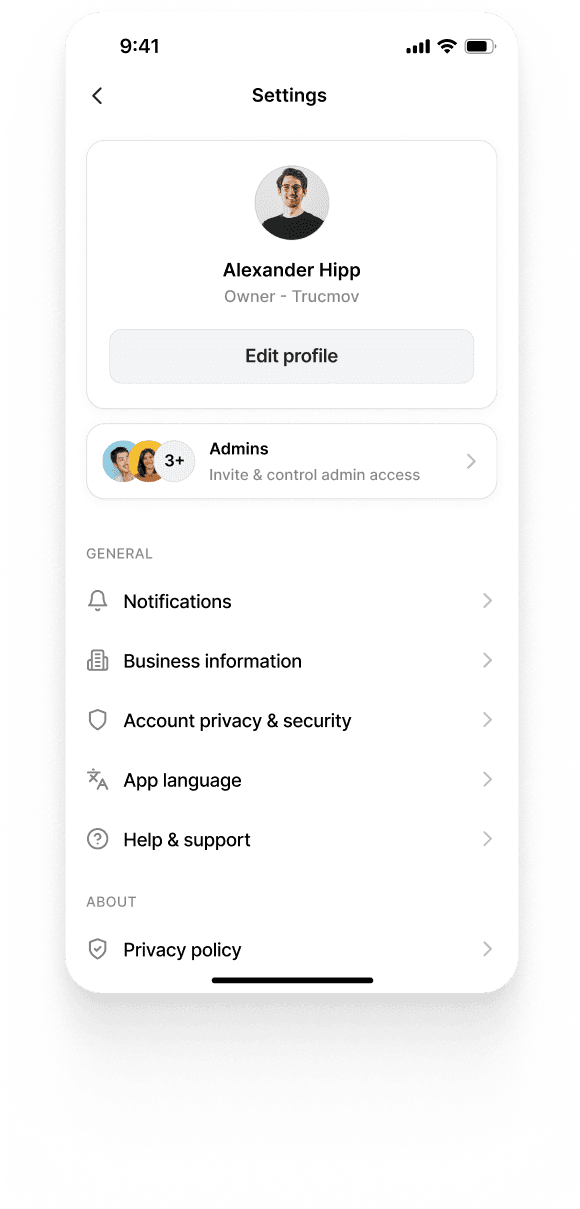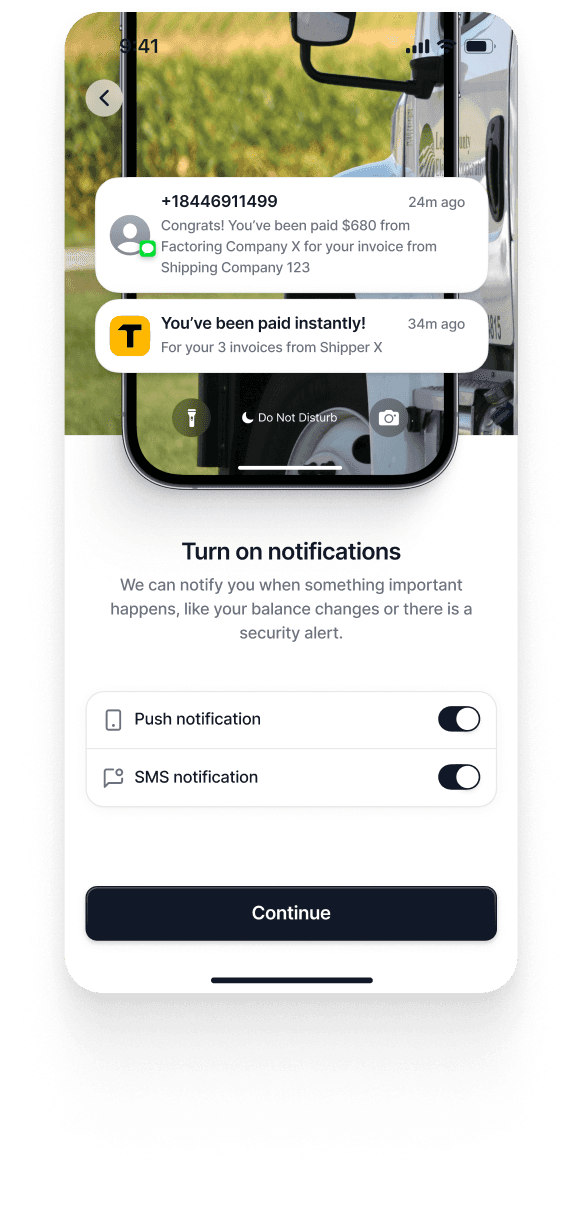What is LM Studio? Features, Pricing, and Use Cases
Summary
LM Studio lets users run open-source language models on their machines via a user-friendly interface without any cloud reliance or usage fees. It supports document-based RAG, local APIs, and SDKs for developers, making it ideal for learners, prototype builders, and privacy-sensitive professionals. LM Studio is fully offline, free, and designed to simplify AI access.
Key insights:
GUI for Local AI: LM Studio simplifies LLM interaction with a clean desktop interface—no CLI required.
Offline and Free: All features work without internet or cost, preserving data privacy and regulatory compliance.
Broad Model Access: Supports dozens of open-source models, including for coding and multimodal tasks.
RAG and APIs: Enables chat with local documents and serves models via API for integration.
Ideal for Learners: Perfect for AI newcomers, self-learners, or early-stage builders avoiding cloud complexity.
Lightweight Prototyping: Not suited for scale, but excels in secure, solo testing and local app development.
Introduction
LM Studio is a local AI platform built to make large language models (LLMs) accessible, private, and easy to run without cloud infrastructure. As the demand for AI tooling continues to grow, many users—from developers to researchers to privacy-conscious professionals—seek solutions that avoid the overhead of remote APIs, recurring costs, and exposure to third-party data processing. LM Studio addresses this by packaging a user-friendly interface, broad model compatibility, and offline functionality into a self-contained desktop environment. This insight examines the platform’s capabilities, competitive position, and commercial implications.
Overview
At its core, LM Studio enables users to download, run, and interact with open-source LLMs directly on their local machines. It supports a wide range of models, including LLaMA, Mistral, DeepSeek, Qwen, and Phi. Unlike command-line-first alternatives, LM Studio offers a graphical user interface (GUI) that simplifies the process of selecting models, configuring runtime parameters, and chatting with LLMs—all without requiring any cloud connectivity.
The platform is compatible with macOS and Windows and is designed to work even on machines without GPUs, although performance benefits significantly from local hardware acceleration. LM Studio is positioned as an ideal entry point for those who want to experiment with AI, test models, or even develop custom applications—all while ensuring their data remains entirely local.
Key Features
GUI-Based Interface: LM Studio eliminates the need for terminal commands by offering an intuitive graphical interface that manages model downloads, settings, and chat interactions.
Wide Model Support: Users can browse and run dozens of popular open-weight LLMs, including variants optimized for reasoning, coding, or multimodal tasks.
Local LLM Server: The platform includes the ability to spin up a local API server, enabling developers to connect LM Studio-powered models to external applications.
Document Chat with RAG: LM Studio supports retrieval-augmented generation (RAG), allowing users to load local files and chat with them in a privacy-respecting environment.
Cross-Platform SDK: For developers, LM Studio provides SDKs in Python and TypeScript that allow seamless integration into custom workflows or desktop software.
Offline Operation: All inference takes place locally, and the platform does not collect user data, making it compliant by design with privacy regulations.
Ideal Use Cases
Education and Learning: LM Studio is particularly valuable for students and self-learners exploring how language models work without needing technical setup or cloud credits.
Prototype Development: Teams building early AI-driven products can test ideas locally without infrastructure or security concerns.
Legal, Health, and Finance: Industries that handle sensitive information can deploy LLMs privately, avoiding cloud exposure and vendor lock-in.
AI-Powered Desktop Apps: Developers can embed LM Studio’s local models into productivity tools or domain-specific assistants that operate independently of the internet.
Pricing and Commercial Strategy
LM Studio currently follows a fully free and open-access model. There is no subscription tier, usage fee, or hidden metering. All features—from downloading models to spinning up local inference servers—are available without cost.
This zero-cost model aligns with LM Studio’s positioning as a gateway tool for AI accessibility and experimentation. However, as its user base grows, several monetization paths are plausible:
Premium Extensions: Paid add-ons could include advanced analytics, priority model updates, or enterprise-ready collaboration tools.
Commercial Licensing: Organizations may be offered the option to license private-label versions of LM Studio with internal deployment and dedicated support.
Marketplace Partnerships: LM Studio could act as a front-end interface for selling fine-tuned models or hardware-optimized runtimes in partnership with model developers and GPU providers.
By removing all initial cost barriers, LM Studio has effectively lowered the floor for AI adoption. This helps build user trust and positions the company for strategic expansion.
Competitive Positioning
Versus Ollama: While both platforms focus on local inference, Ollama is CLI-first and targets developers comfortable with scripting and terminal use. LM Studio, by contrast, prioritizes accessibility and ease-of-use via its graphical UI. For users new to AI or without a technical background, LM Studio offers a far smoother entry point.
Versus Cloud-Based Platforms: LM Studio offers no hosted inference, team collaboration, or SLA-backed support. However, for experimentation, secure prototyping, and offline usage, it significantly undercuts the cost and complexity of platforms like Fireworks AI or Together AI.
Versus OpenAI/Anthropic: LM Studio lacks advanced capabilities like fine-tuning APIs or vision/multimodal models offered by closed platforms. However, its compatibility with many open-source models—and its complete lack of usage fees—makes it compelling for low-risk testing, private deployment, and development experimentation.
Benefits and Limitations

Future Outlook
LM Studio occupies an important space in the LLM tooling ecosystem: accessible, private, and fully local experimentation. As privacy regulations expand and demand for offline-capable AI grows, tools like LM Studio could play a critical role in bridging consumer AI use with enterprise security requirements.
In the future, we may see LM Studio introduce cloud-optional syncing, model optimization dashboards, or team-oriented collaboration layers. Such expansions would allow it to remain accessible to new users while expanding its utility into small-team and enterprise segments.
Conclusion
LM Studio provides a uniquely approachable entry point into the world of local AI. By combining a wide selection of models with a simple interface and strong privacy guarantees, it meets the needs of learners, developers, and security-conscious professionals alike. While it lacks the scale and complexity of enterprise cloud platforms, its clarity of purpose and zero-friction experience make it an invaluable tool for experimenting with and deploying LLMs locally.
Authors
Experiment privately with Walturn
Walturn integrates LM Studio into secure workflows, building local-first prototypes and desktop apps that never expose data to the cloud.
References
“👾 LM Studio - Discover and Run Local LLMs.” Lmstudio.ai, lmstudio.ai/.
















